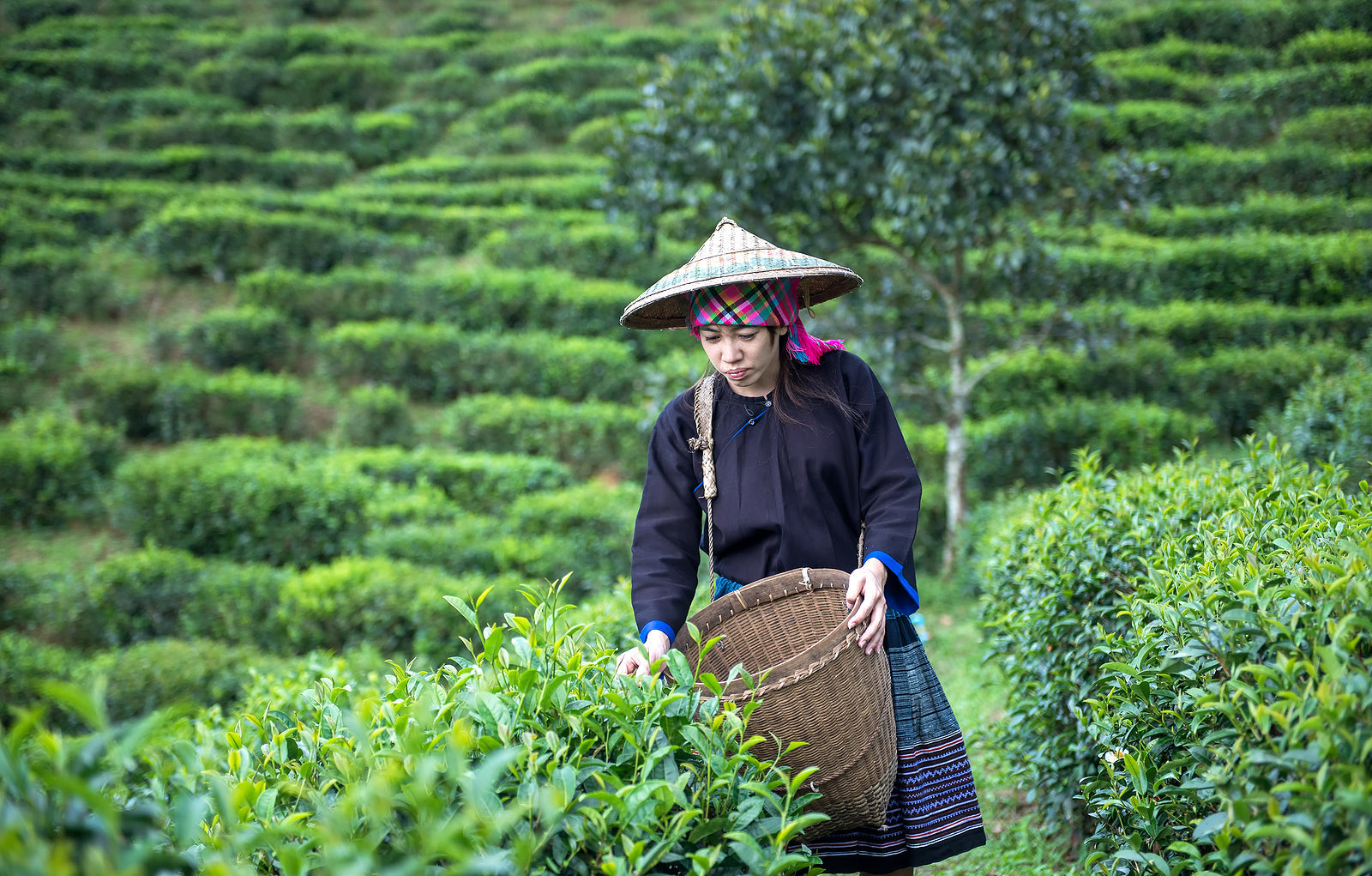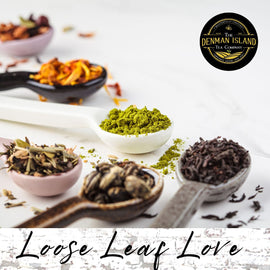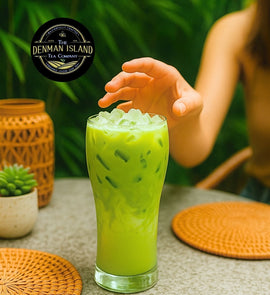Tea, a simple concoction of water and leaves, has traversed through centuries and civilizations, embodying culture, tradition, and a sense of community. In the face of changing times and modernization, the global tea supply chain has adapted, demonstrating resilience and complexity. In this article, we will delve into the intricate processes and the journey tea undergoes, from leaf to cup.
1. Cultivation and Harvesting
The journey of tea begins in the lush fields of countries such as China, India, Kenya, and Sri Lanka, which are among the largest producers of tea. The geographical and climatic diversity of these regions contributes to the rich variety of tea available, including green, black, oolong, and white tea. Harvesting, a crucial step, demands meticulous attention, with timing and methods varying depending on the tea type and regional practices.
2. Processing and Manufacturing
Once harvested, tea leaves undergo a series of processing steps, including withering, rolling, oxidizing, and drying. These steps are imperative in determining the flavor, aroma, and appearance of the tea. The process may vary, rendering a spectrum of teas from the same leaf, each possessing distinct characteristics. The manufacturing units ensure quality and consistency, often employing both traditional and modern methods.
3. Grading and Packaging
After processing, teas are graded based on their quality, size, and appearance. This grading system assists in determining the tea’s market value. Packaging follows grading, with emphasis on preserving the tea’s freshness, flavor, and aroma. Sustainable packaging practices are gaining traction, addressing the environmental impact of the tea supply chain.
4. Distribution and Logistics
Tea travels across continents through a well-coordinated network of logistics and transportation. This phase involves exporters, importers, wholesalers, and retailers, each playing a vital role in maintaining the quality and availability of tea worldwide. Efficient logistics are crucial to cater to the time-sensitive nature of tea, ensuring it reaches consumers in its prime.
5. Retail and Consumption
Upon reaching its destination, tea graces the shelves of supermarkets, specialty stores, and online platforms, ready to be brewed and enjoyed. The retail sector is marked by competition, with brands vying for consumer attention through unique blends, packaging, and marketing strategies. The rise of e-commerce has further broadened the accessibility and variety of tea available to consumers.
6. Sustainability and Ethical Practices
The global tea supply chain faces challenges, including labor rights, environmental concerns, and price fluctuations. Stakeholders are increasingly recognizing the importance of sustainable and ethical practices, addressing issues such as fair wages, deforestation, and overuse of pesticides. Certifications like Fair Trade and Rainforest Alliance signify steps towards a more responsible and equitable tea industry.
7. Adaptation to Changing Dynamics
In the face of globalization, climate change, and shifting consumer preferences, the tea supply chain is continuously evolving. Innovations in cultivation, processing, and distribution are imperative to meet the rising demand for specialty teas, health-centric blends, and eco-friendly practices.
Conclusion
The journey of tea from leaf to cup is a tale of tradition, innovation, and adaptation. The global tea supply chain, intricate and expansive, connects diverse landscapes and cultures, offering a sip of unity in every cup. As we navigate through the evolving dynamics and challenges, a focus on sustainability, equity, and quality will ensure that this ancient beverage continues to thrive and bring warmth to households worldwide.






